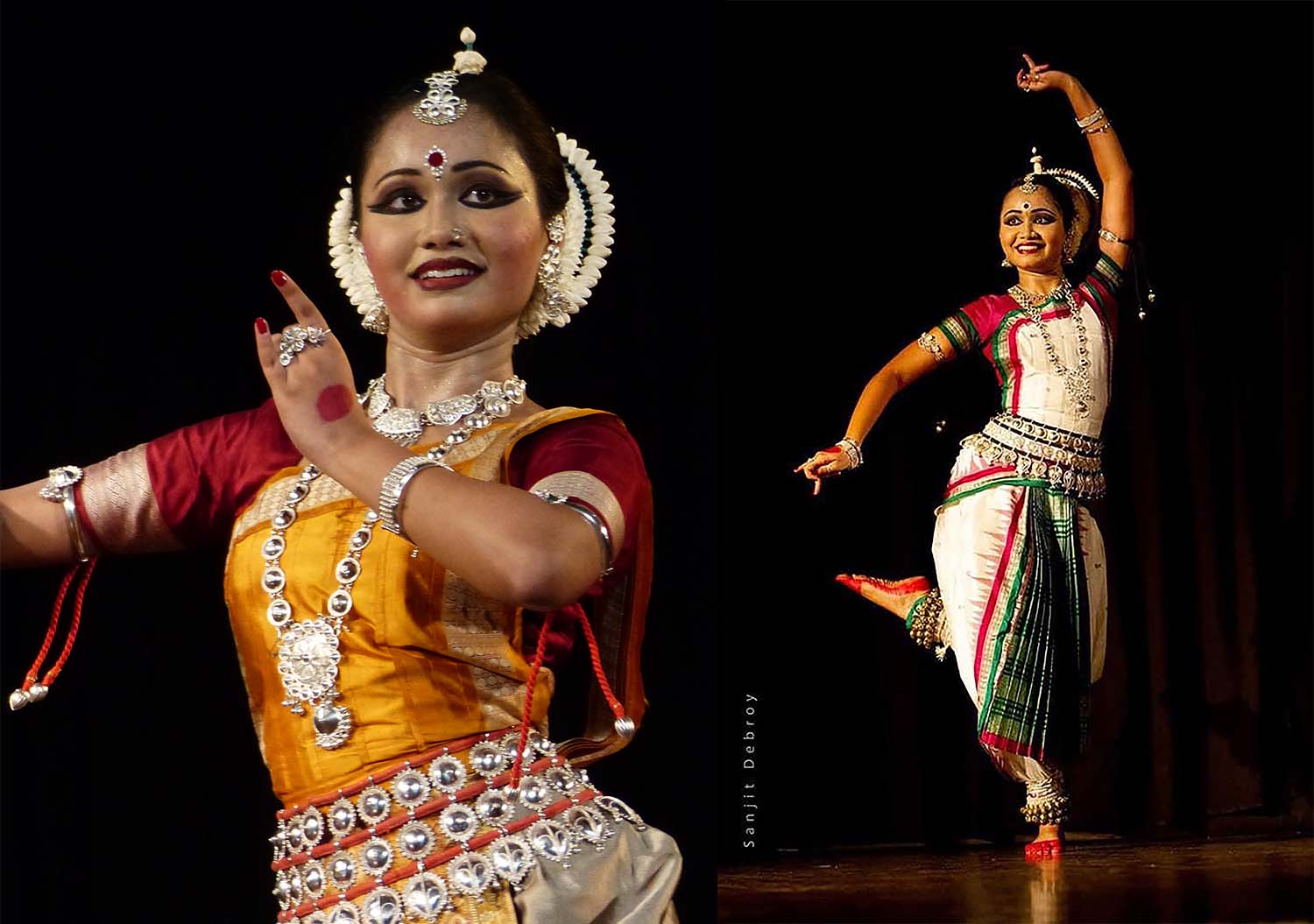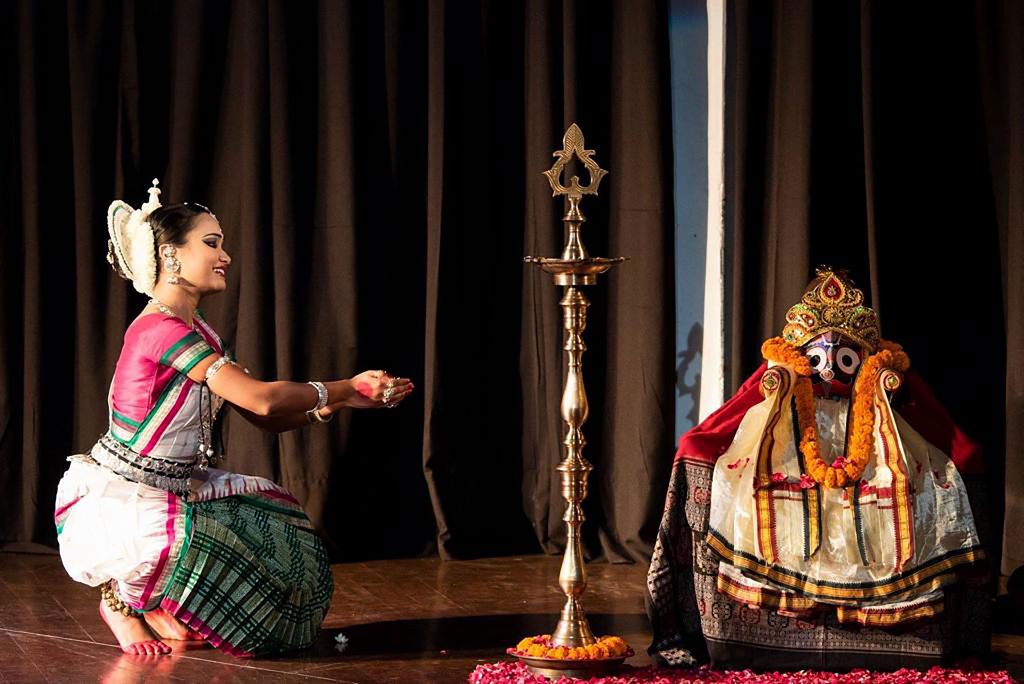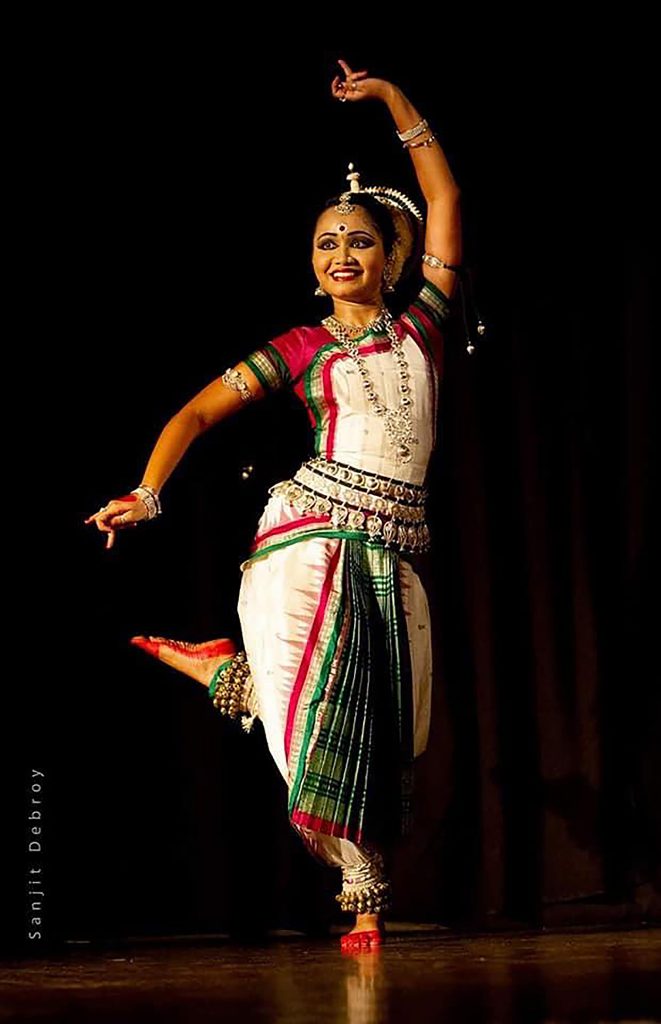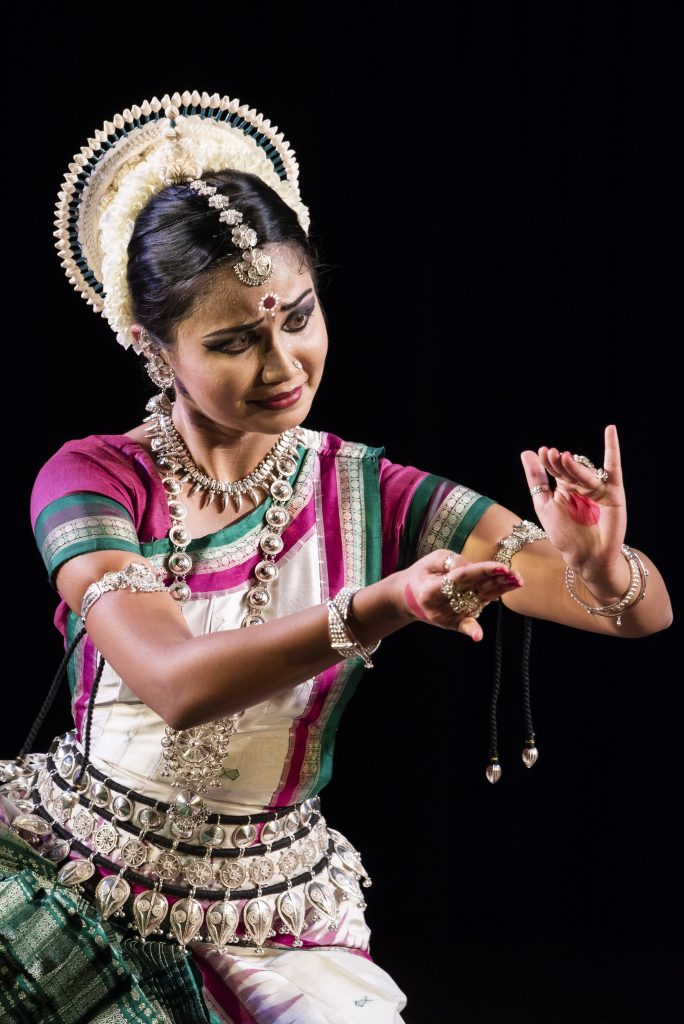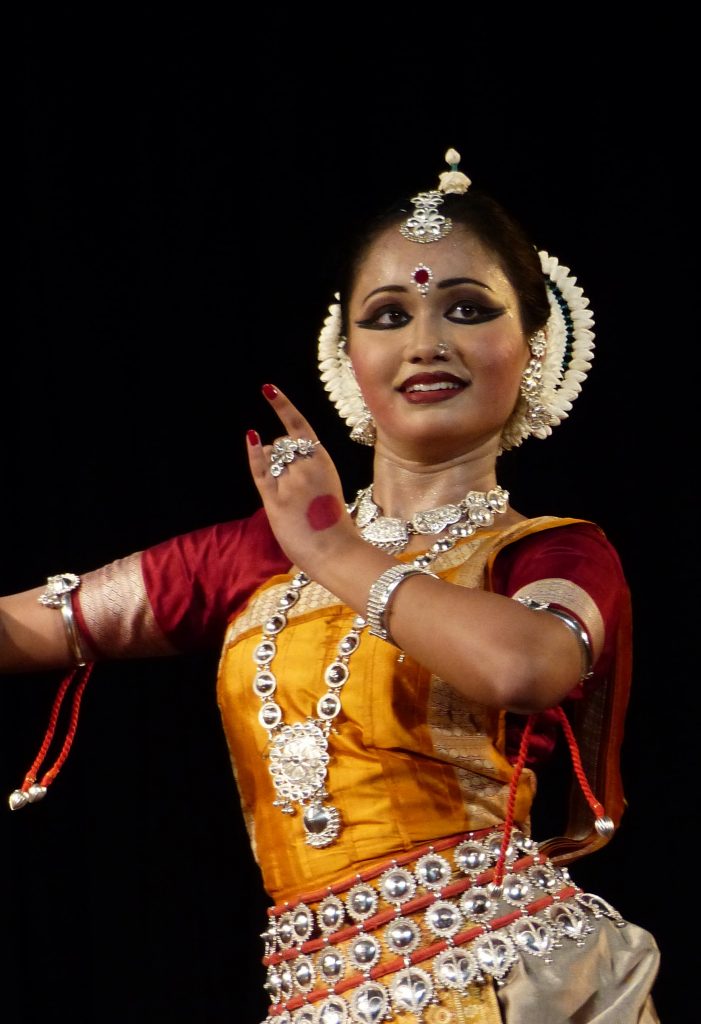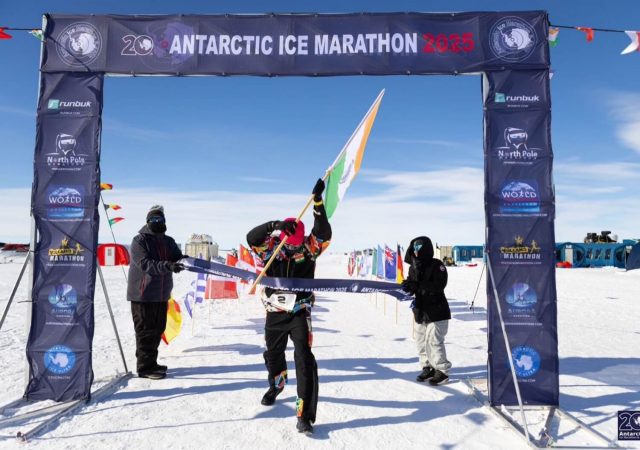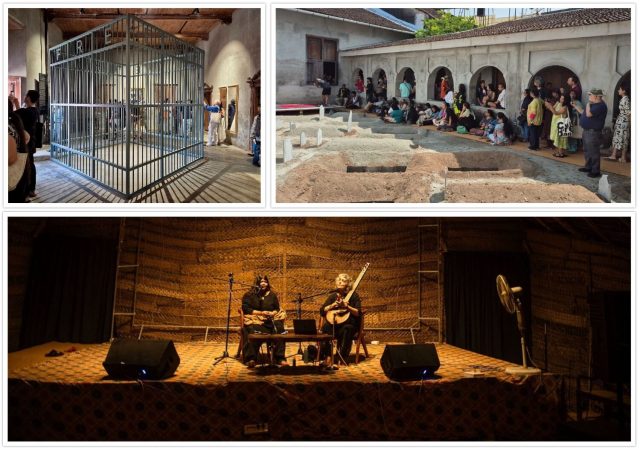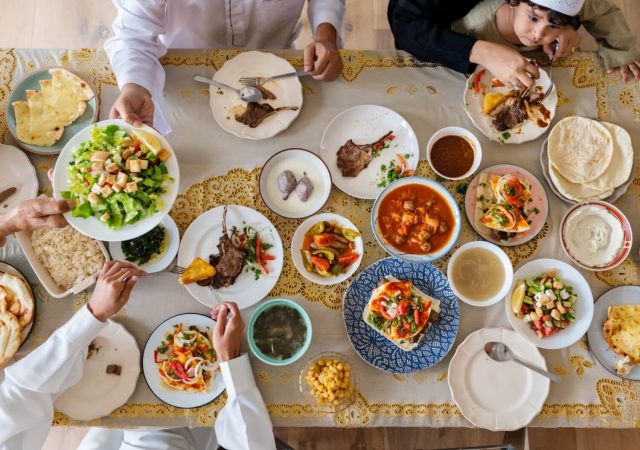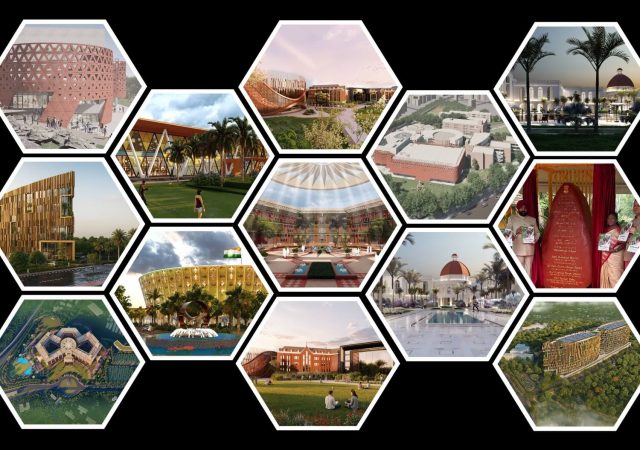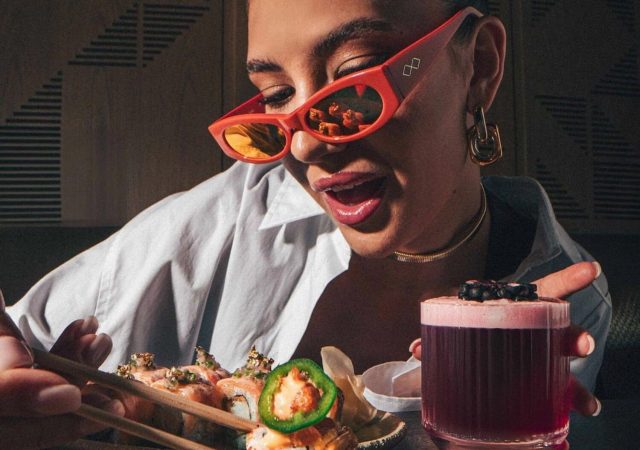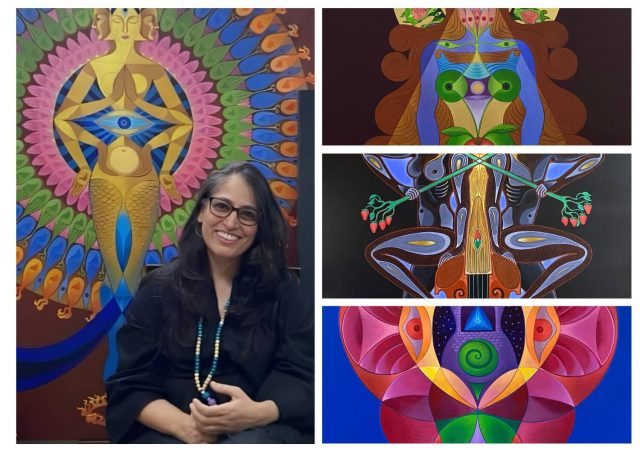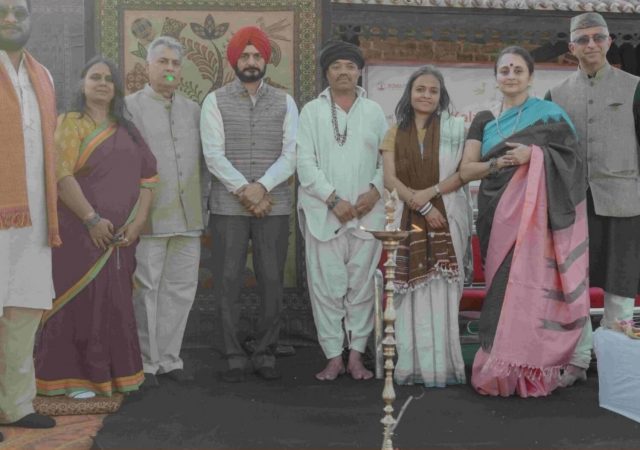Fusing Odissi with social work and filmmaking is Prachi Hota’s way to the highway
On a graceful mission, Prachi Hota is all set to touch new heights in Odissi
The world’s a stage and Prachi Hota is dancing on her own tunes. A Bengali by birth but currently in Delhi, the Odissi dancer has trained under well-acclaimed Guru Arpita Venkatesh, Guru Shri Hare Krishna Behera and Guru Y Asha Kumari.
Twenty years of training in Odissi dance form, Prachi has been awarded Padmavati Yuva Pratibha Puraskar, Nritya Vilasini and Subhadra Samman, among others. Using her dance as a medium and filmmaking as a tool, the classical dancer has studied at the London Film Academy and Prague Film School.
With everything moving towards the digital age, Prachi Hota talks about her perspective on this along with her journey and what the future holds for her. Excerpts:
1. How did you get into the space of dance? Why did you choose the classical dance form of Odissi over the western dance style?
When I was three, I started training in Odissi, it was an organic process. My parents introduced me to a variety of activities, allowing me to sit in various classes so I could understand each activity and for some reason, I gravitated towards Odissi. I can’t tell you exactly why I chose it but I continue to practice it because it centres me psychologically and emotionally, letting me become the best version of myself.
2.Your contributions to the classical dance scene in India is outstanding. How do you feel about gaining recognition, especially through honorary awards, at such an early age?
I am extremely grateful for every award I’ve received, a blessing from my elders in the fraternity.
As an artist, I hope to serve my art and the beautiful cultural heritage of India to the best of my ability. Awards only tell me that I’m on the right path and must continue to work hard but they are not the objective of my practice of Odissi. To me, Odissi is both the means and the end.
3.If you could explain your feelings towards dance in a quote, which one would it be? Also, what’s your favourite dance piece? Which is that special dance performance close to your heart and etched in your memory?
My favourite quote is by Rumi, “Dance, when you’re broken open. Dance, if you’ve torn the bandage off. Dance in the middle of the fighting. Dance in your blood. Dance when you’re perfectly free.”
I don’t really have a favourite dance piece but remember a fellow dancer saying that once you learn choreography, you have to spend time talking to it. The process and time I enjoy is understanding every choreography, getting to its core and making it my own. In Nritta, I explore Odissi’s grammar and technique, leading to a better understanding of my body. In Nritya pieces, I perform narratives to explore characters, understand human psyche and emotions. Playing Krishna as a toddler is something I enjoyed because it’s physically engaging. I also enjoy performing invocatory pieces, especially those dedicated to the goddesses of the Hindu pantheon.
Every performance is special, but I remember my first performance in Bangalore where an old lady held my hand and said, “Don’t ever stop dancing.” Indian art is a collective experience and I’m happy that I can touch people, this engagement is what artists live for.
4.Take us through Project Anjuman and Samanubhāsanā.
Project Anjuman was the brainchild of Bidisha Dasji, aimed to inculcate skills of creativity, collaboration, communication and critical thinking in students. I joined as a founding artist and conducted workshops across Delhi schools to introduce Odissi. We work with students in smaller groups and also conduct sessions with parents and grandparents to continue conversations about India’s art forms and craft traditions at home.
Samanubhāsanā is a seminar series started by me to create a space to discuss the current affecting Indian dance issues and features young dancers, established artists, art scholars, critics and historians. We’ve tackled few like pay-and-perform, changing choreography’s landscape and ethical issues in the practice of Indian classical dance forms. I am very grateful that stalwarts Dr. Sunil Kothari, Smt. Leela Venkataraman, Smt. Manjari Sinha, Guru Smt. Sharon Lowen and Guru Smt. Jayaprabha Menon has agreed to be a part of this project.
5.Give us your perspective on how a classical dance form like Odissi is staying relevant in the digital first era?
In these affected times, dance classes and festivals have shifted online. The increase of academic activity around Indian dance in digital space is a great development. People from anywhere in the world can join, increasing the conversation around dance.
However, our dance is designed for the auditorium setting. The viewing experience is different, the camera is used to guide the audience’s gaze and the energy with the audience has feeded off. No two performances are the same, even if it’s the same piece. To make the dance effective, we have to completely redesign our dance and risk losing the soul of our art in the process.
Among all this, classical and folk art is relevant without losing its form. For instance, gender equality is explored in Odissi like choreography of the Vastraharan scene from Mahabharata from Draupadi’s point-of-view.
6.How do you plan on fusing both of your passions, dance and filmmaking, as you are currently pursuing it from London Film School in the UK?
Odissi is the world’s oldest dance tradition and cinema, the most influential art form. Working together in ways, I made a short documentary film on the life of Adiguru Shri Pankaj Charan Das which was screened at the 25th Guru Pankaj Utsav. Cinema can be used to show Odissi’s history and give voice to artists who practice indigenous art forms without getting due credit or monetary remuneration. I hope to effectively use both to create socially relevant material.
7.During the current crisis, you have been performing live through social media, how has that experience been for you? What gave you the idea?
My experience has been wonderful, quite a steep learning curve. Now, the dancer has to create the background, lighting and sound. The physical space for the performance shrinks when your aim is to stay in frame but I’m lucky to have such opportunities and privilege to share my art with people.
8.What’s next in store for you? A piece of word that your gurus gave you which you would like to share with the upcoming dancers?
Lots of practice and becoming a more conscious practitioner of Odissi is what’s in store for me. I’m hoping to exploit the space offered by digital platforms and learn from others by exchanging ideas.
I’m also learning but there are two things I like to keep in mind. One, “Practice does not make one perfect. Perfect practice makes one perfect.” Practice only helps if it is done consciously with complete involvement. The other, my Guruji would always say that one must understand music and literature to become a good dancer.


